Astronomers confirm the existence of an infrared (IR) aurora on Uranus. This could help astronomers identify exoplanets that might support life, a large number of which are icy worlds.
The presence of an infrared aurora on the cold, outer planet of Uranus has been confirmed for the first time by University of Leicester astronomers.
Aurorae are caused by highly energetic charged particles, which are funnelled down and collide with a planet's atmosphere via the planet's magnetic field lines. On Earth, the most famous result of this process are the spectacles of the Northern and Southern Lights. At planets such as Uranus, where the atmosphere is predominately a mix of hydrogen and helium, this aurora will emit light outside of the visible spectrum and in wavelengths such as the infrared .
"This paper is the culmination of 30 years of auroral study at Uranus, which has finally revealed the infrared aurora and begun a new age of aurora investigations at the planet. Our results will go on to broaden our knowledge of ice giant auroras and strengthen our understanding of planetary magnetic fields in our solar system, at exoplanets and even our own planet."
Emma M. Thomas, Henrik Melin, Tom S. Stallard, Mohammad N. Chowdhury, Ruoyan Wang, Katie Knowles, Steve Miller.Astronomers have clearly identified the existence of four new exoplanets. The four mini-Neptunes are smaller and cooler, and more difficult to find than the so-called Hot Jupiter exoplanets which ...
United States Latest News, United States Headlines
Similar News:You can also read news stories similar to this one that we have collected from other news sources.
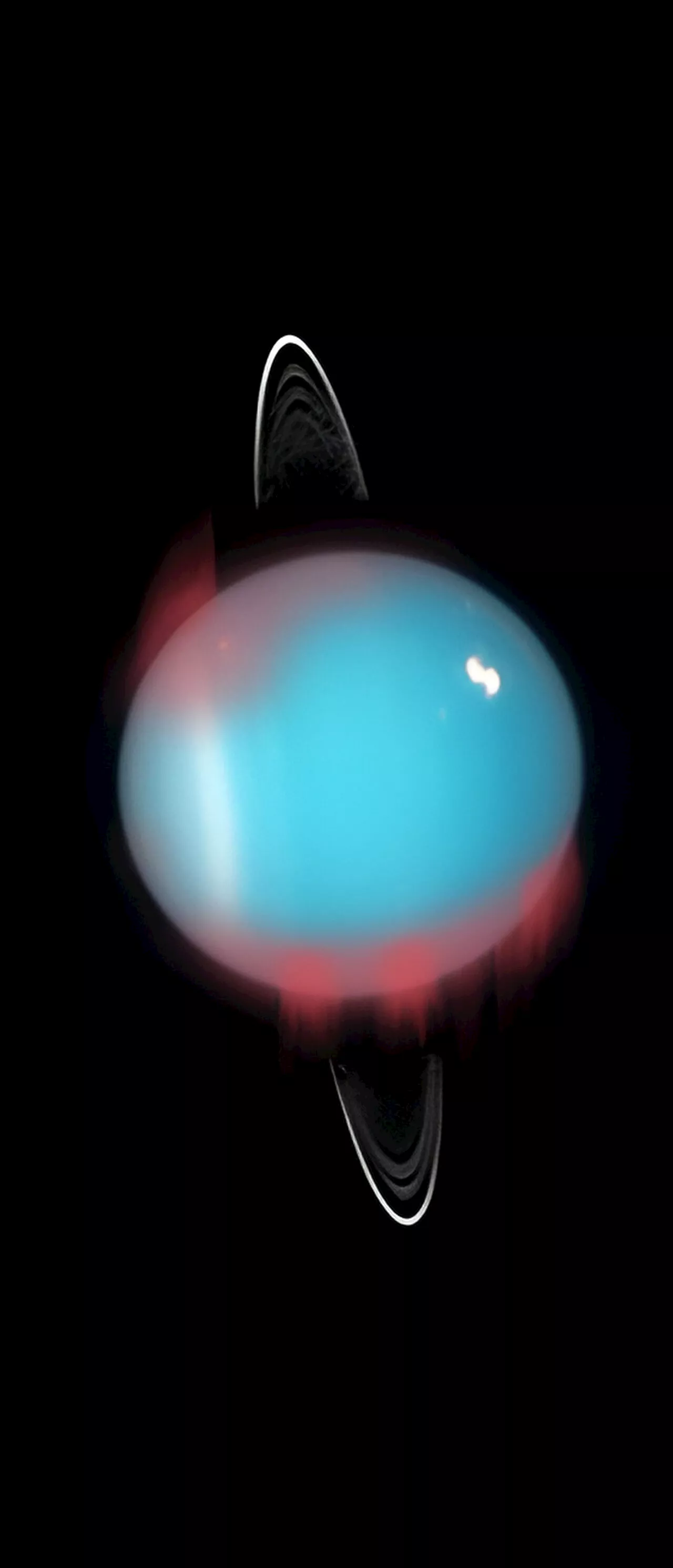 Uranus aurora discovery offers clues to habitable icy worldsThe presence of an infrared aurora on the cold, outer planet of Uranus has been confirmed for the first time by University of Leicester astronomers.
Uranus aurora discovery offers clues to habitable icy worldsThe presence of an infrared aurora on the cold, outer planet of Uranus has been confirmed for the first time by University of Leicester astronomers.
Read more »
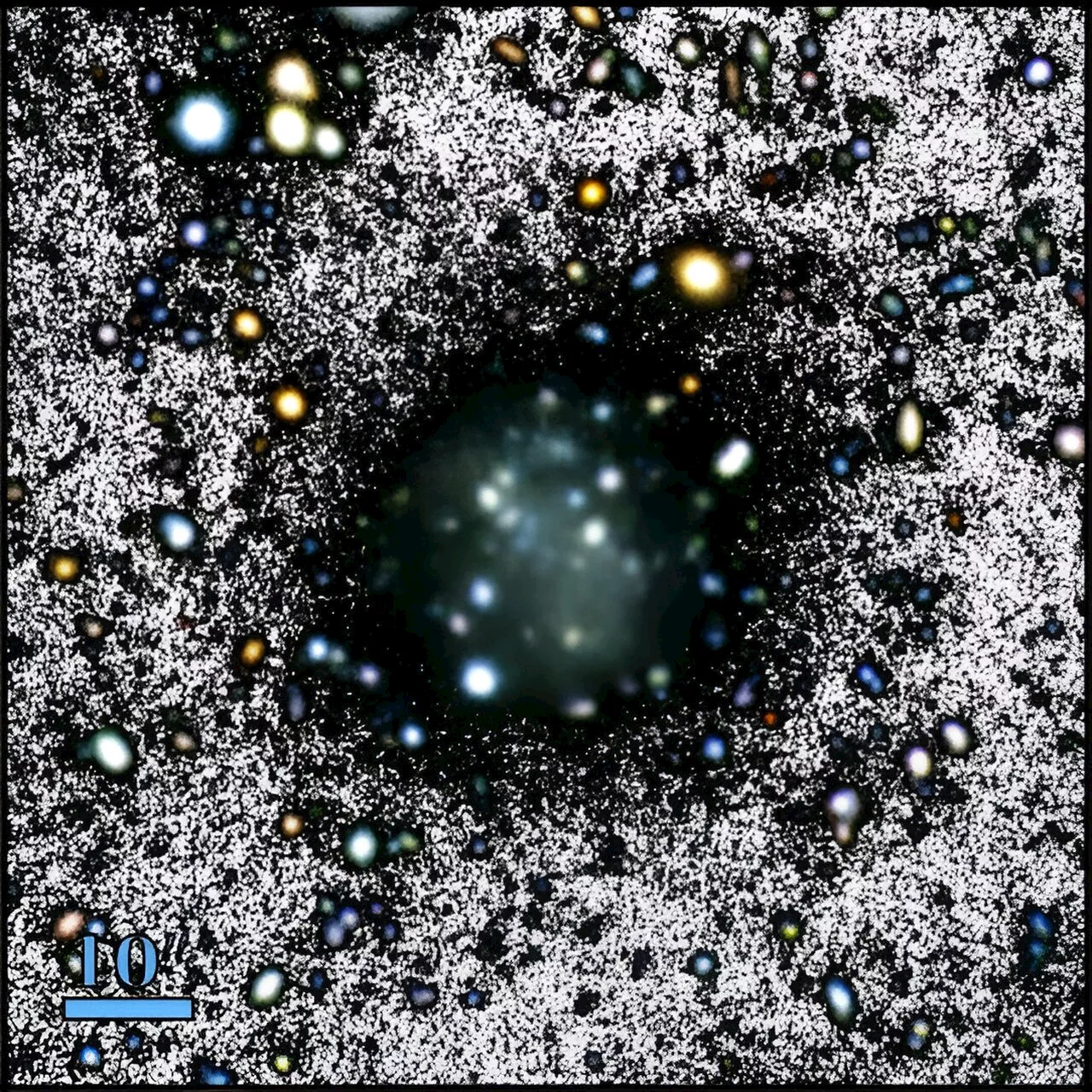 Astronomers discover new almost dark galaxyBy analyzing deep optical imagery from the IAC Stripe 82 Legacy Project, an international team of astronomers has serendipitously discovered a new almost dark galaxy. The newfound galaxy, dubbed 'Nube,' has a very low surface brightness and is as massive as the Small Magellanic Cloud (SMC).
Astronomers discover new almost dark galaxyBy analyzing deep optical imagery from the IAC Stripe 82 Legacy Project, an international team of astronomers has serendipitously discovered a new almost dark galaxy. The newfound galaxy, dubbed 'Nube,' has a very low surface brightness and is as massive as the Small Magellanic Cloud (SMC).
Read more »
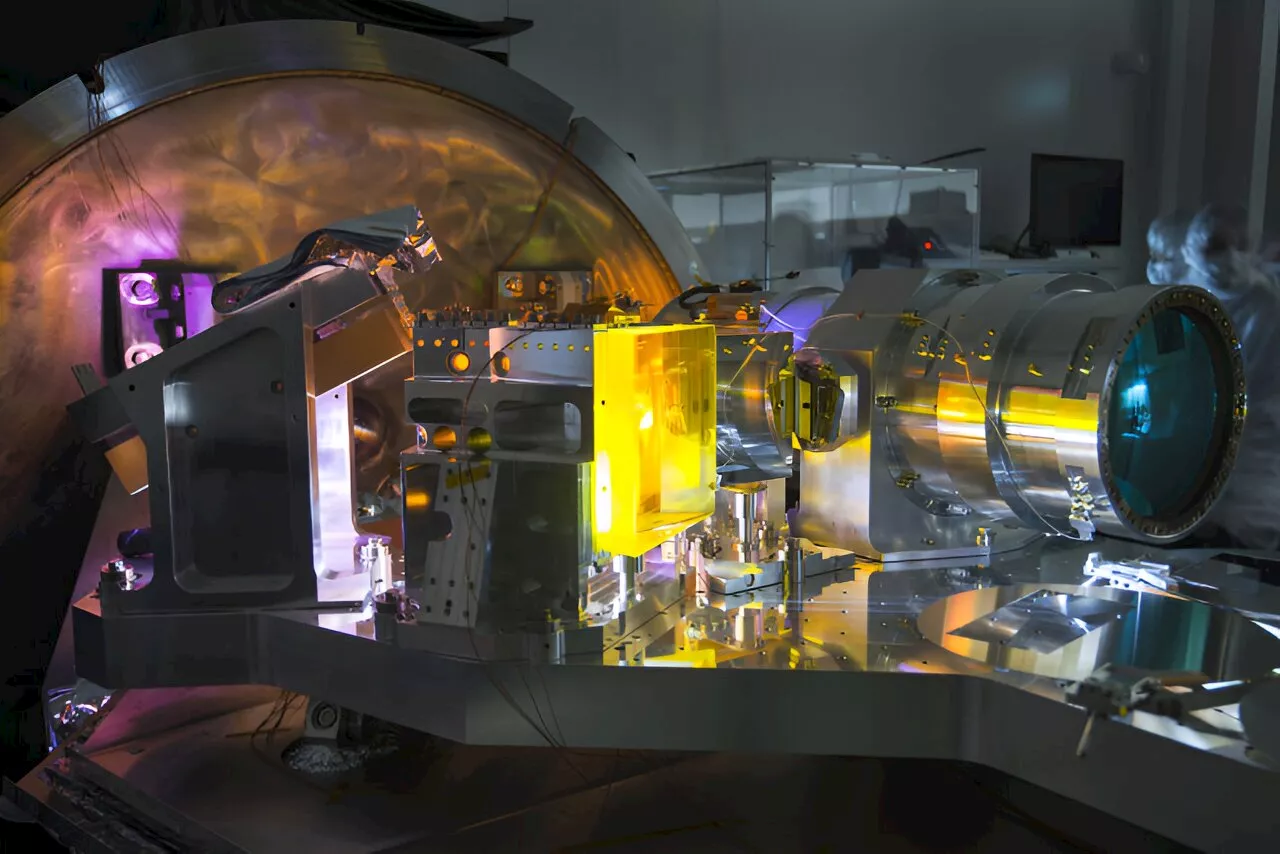 Astronomers show magnetic field of a red dwarf star may be approaching polar reversalThe 11-year solar activity cycle is a well-known phenomenon, during which the intensity of the sun's magnetic field varies and its polarities reverse. Over the past 30 years, astronomers have identified similar behavior in several sun-like stars.
Astronomers show magnetic field of a red dwarf star may be approaching polar reversalThe 11-year solar activity cycle is a well-known phenomenon, during which the intensity of the sun's magnetic field varies and its polarities reverse. Over the past 30 years, astronomers have identified similar behavior in several sun-like stars.
Read more »
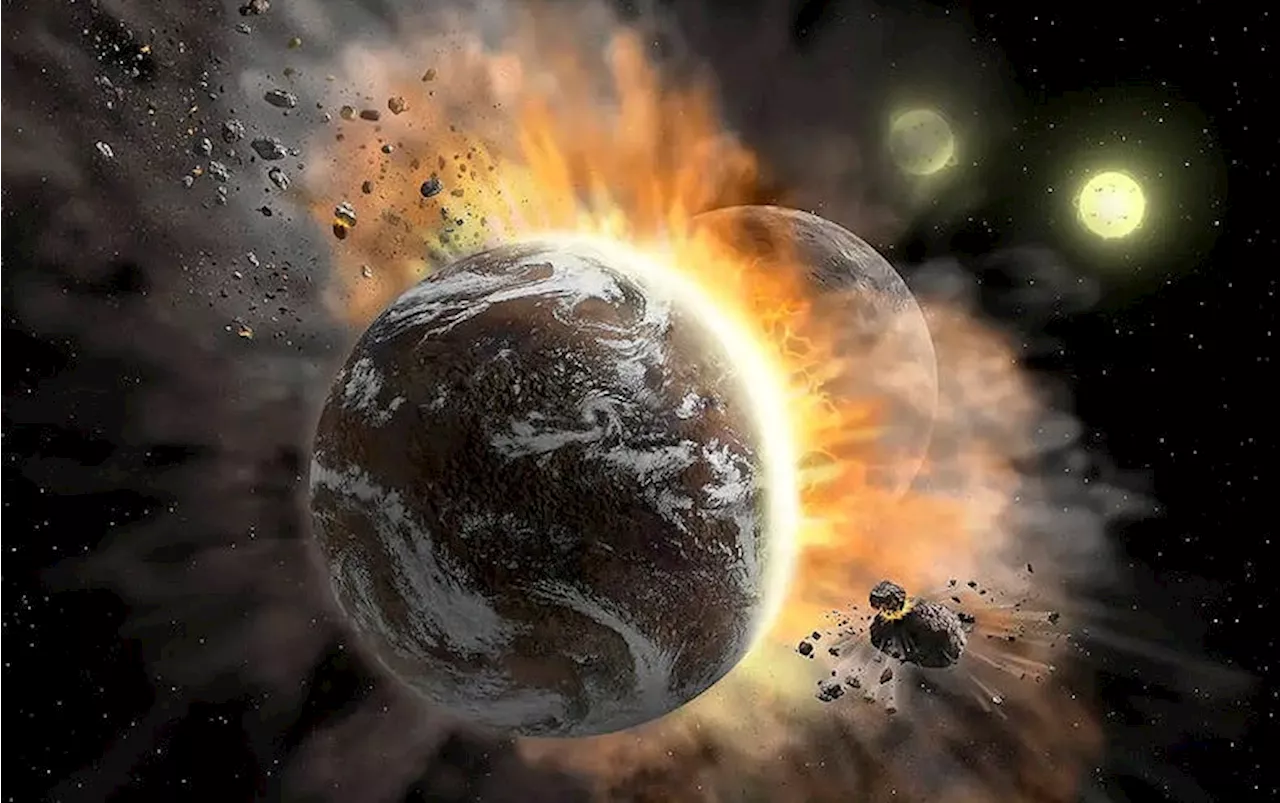 Astronomers May Have Witnessed Worlds in CollisionA planet-vaporizing impact is the leading explanation for a distant star’s curiously fluctuating light
Astronomers May Have Witnessed Worlds in CollisionA planet-vaporizing impact is the leading explanation for a distant star’s curiously fluctuating light
Read more »
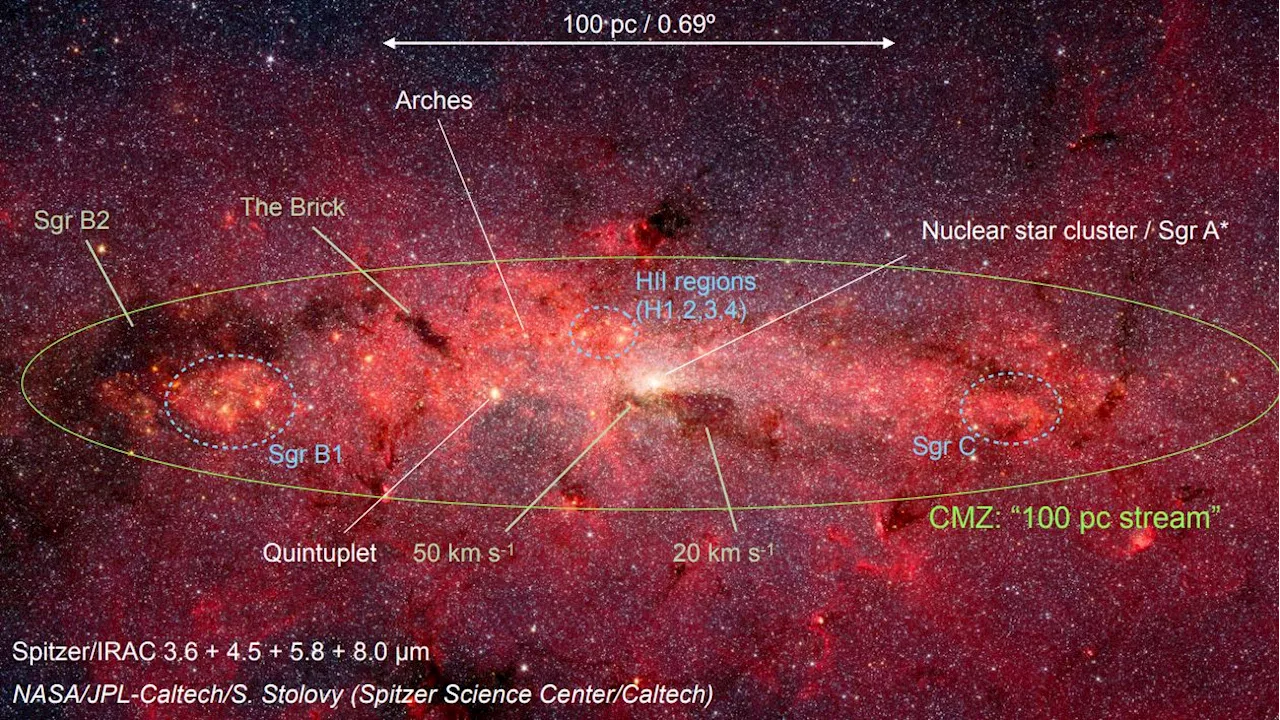 Astronomers Want JWST to Study the Milky Way Core for Hundreds of HoursA proposed JWST survey of the Milky Way's Galactic Center could answer many of astronomy's and astrophysic's most compelling questions.
Astronomers Want JWST to Study the Milky Way Core for Hundreds of HoursA proposed JWST survey of the Milky Way's Galactic Center could answer many of astronomy's and astrophysic's most compelling questions.
Read more »
 Astronomers Discover Distant Exoplanet Capable Of Harboring TerroristsCAMBRIDGE, MA—Having obtained a vital piece of intelligence that could prove critical to the United States in its war on terror, astronomers at the Massachusetts Institute of Technology announced Wednesday the discovery of a distant exoplanet that is capable of harboring terrorists.
Astronomers Discover Distant Exoplanet Capable Of Harboring TerroristsCAMBRIDGE, MA—Having obtained a vital piece of intelligence that could prove critical to the United States in its war on terror, astronomers at the Massachusetts Institute of Technology announced Wednesday the discovery of a distant exoplanet that is capable of harboring terrorists.
Read more »
